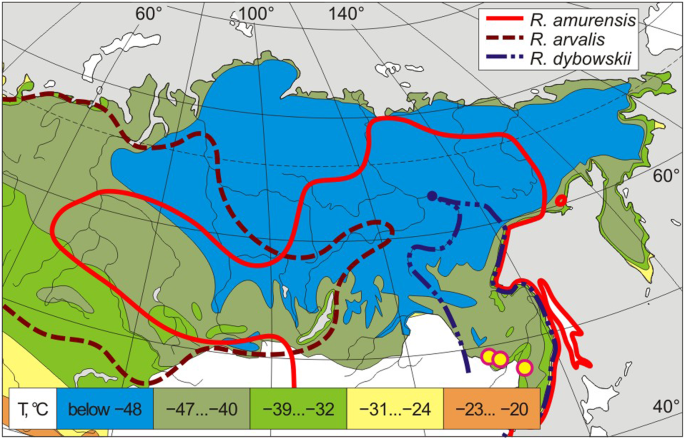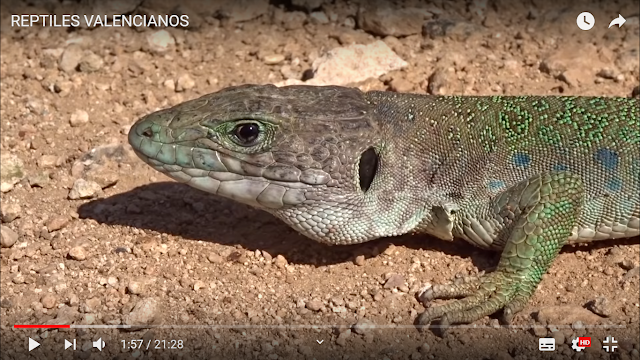Few of the amphibian species that occur in the Subarctic and in mountains are adapted to low sub-zero temperatures; most of these species overwinter underwater. It is believed that the distribution of the species that overwinter underwater can be limited by the low oxygen levels in waterbodies covered with ice. We show that the colonisation of the coldest areas of Northern Asia (to 71°N) by the Siberian wood frog (Rana amurensis) was facilitated by a unique adaptation, the ability to survive extreme hypoxia — and probably anoxia — in waterbodies during overwintering. Leer más.





Snakes and lizards are reptiles that belong to the order Squamata. They share several traits but differ in one obvious respect: snakes do not have limbs. The two suborders diverged more than 100 million years ago. Leer más.
El Centro de Fauna de Torreferrussa ha trasladado 36 ejemplares de tritón del Montseny al centro de El Pont de Suert (Lleida) y al Zoo de Barcelona dentro del programa de cría en cautividad de esta especie, impulsado por el proyecto europeo LIFE Tritón Montseny, coordinado por la Diputación de Barcelona. Leer más.

El passat dimecres va tindre lloc el lliurament dels guardons de Concurs Medi, de documentals de medi ambient, organitzat per la regidoria de Medi Ambient de l’Ajuntament de l’Alcúdia. A l’acte va assistir el diputat de l’àrea de Medi Ambient de la Diputació de València, Josep Bort, el regidor de Medi Ambient de l’Ajuntament de l’Alcúdia, Paco Sanz, i la regidora d’Educació Pilar Huertas. Leer más.

Native to central and southern Europe, the amphibious alpine newt breeds in shallow water, where its larvae are born, hatch and feed on plankton, before sprouting legs and moving to land. This timelapse video from the Dutch director Jan van IJken tracks the development of a single-celled zygote into the hatched larva of an alpine newt. Leer más.







